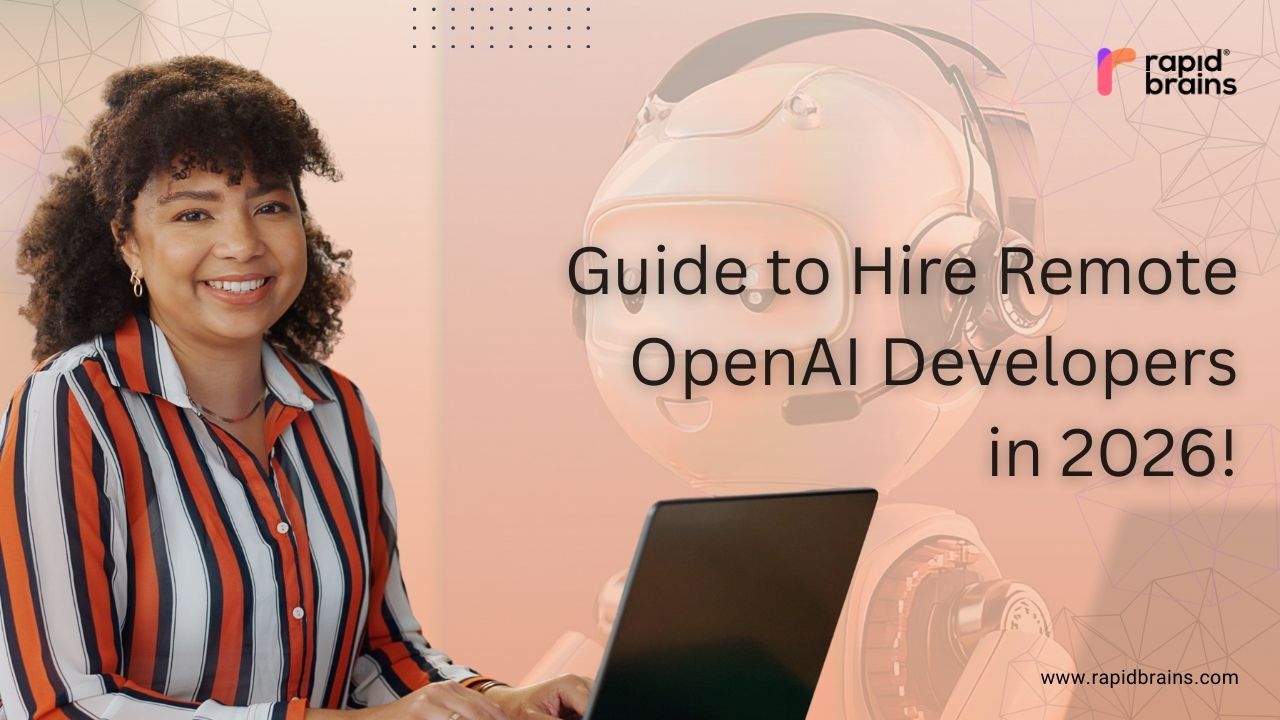
A 30-day onboarding plan is a must for businesses that intend to hire offshore developers. Proper onboarding guarantees that new remote employees get up and running easily, are familiar with expectations, and are adding to projects efficiently.
Having a 30-day onboarding plan brings clarity, instils confidence, and generates long-term engagement. Organisations with a solid plan in place can decrease ramp-up time considerably while enhancing effective team cohesion. Observe how offshore developers for your software team can be onboarded effectively.
Why a Structured 30-Day Onboarding Plan Is Important
When it is planned to hire offshore developers, teams are confronted by factors such as different time zones, cultures, and minimal face-to-face interaction. Such issues make onboarding remote developers a major step in attaining productivity:
- Limited face-to-face interaction can hinder relationship development.
- Variations in working environments call for a decision on tools and processes.
- Unclear expectations can affect performance and productivity.
The proper guide to hiring offshore developers enables businesses to choose the best people and incorporate them effectively. Moreover, a systematic plan enables onboarding remote developers to embrace organisational culture, learn internal procedures, and form a good professional relationship in the early stages.
The 30-Day Onboarding Plan for Offshore Developers
An extensive 30-day onboarding plan can be split into four weekly stages:
Week 1: Orientation and Setup
Goal: Set up the stage for seamless collaboration.
- Grant access to all tools, accounts, and project documentation.
- Present the company’s mission, values, and project roadmap.
- Share organisational structure and reporting hierarchy.
- Perform technical setup verifications to confirm system compatibility.
- Provide a mentor or buddy to assist the developer during the initial weeks.
New hires at the end of Week 1 have all the tools installed, know the company objectives, and are aware of their team. This phase is an important aspect of developer onboarding best practices and establishes the tone for effective contribution.
Week 2: Training and Role Clarity
Objective: Integrate developers with project goals and technical requirements.
- Clearly define roles and offer internal system training.
- Introduce standards for coding, repositories, and quality guidelines.
- Dispense small, manageable tasks to infuse confidence.
- Engage in stand-ups, check-ins, and virtual team meetings.
This step is the best example of successful onboarding strategies. Clear role definition also minimises confusion and boosts accountability.
Week 3: Collaboration and Active Contribution
Objective: Create trust and productivity with actual project work.
- Assign more complex tasks.
- Promote collaboration with internal and cross-functional teams.
- Schedule routine feedback sessions to resolve questions and issues.
- Enforce communication standards, particularly for time zone alignment.
By this point, onboarding remote developers facilitates productive contribution and increases confidence. Utilising the proper tips for offshore team management facilitates smoother collaboration and helps ensure that global teams remain aligned.
Week 4: Performance Alignment and Integration
Goal: Achieve cultural integration and sustained productivity.
- Do a performance review based on the first month’s work.
- Discuss successes, challenges, and areas of improvement.
- Impart career development and establish goals for the next 90 days.
- Engage developers in team-wide activities and knowledge-sharing meetings.
By the end of Week 4, offshore developers feel valued, understand expectations, and are ready to contribute strategically. Incorporating developer onboarding best practices ensures a seamless transition. For a broader perspective, follow this guide to hire offshore developers globally.
Best Practices for Successful Onboarding
To make your 30-day onboarding plan effective:
- Standardise documentation to ensure consistency and clarity.
- Use digital tools for project management, communication, and knowledge sharing.
- Promote cultural awareness and adaptability.
- Provide ongoing support in the form of mentorship and frequent check-ins.
- Establish quantifiable performance objectives to monitor progress objectively.
Adherence to these developer onboarding best practices not only speeds up productivity but also fortifies engagement and cooperation in remote teams.
Advantages of a 30-Day Onboarding Plan
Having a structured 30-day onboarding plan provides:
- Accelerated productivity for new offshore developers.
- Enhanced retention through increased engagement.
- Consistent coding habits and quality expectations.
- Improved alignment between remote and in-house teams.
- Shorter project delivery timelines due to early clarity.
Companies that follow successful onboarding strategies gain a competitive advantage, ensuring offshore developers contribute effectively and remain motivated long-term.
Conclusion
Onboarding remote developers is more than simply configuring systems—it’s a strategic endeavour. Through a clearly outlined 30-day onboarding plan and adherence to developer onboarding best practices, organisations like RapidBrains can establish trust, enhance collaboration, and have developers contribute value from day one. A formal approach makes onboarding a long-term benefit, cementing global teams and guaranteeing project success in a remote-first world.




